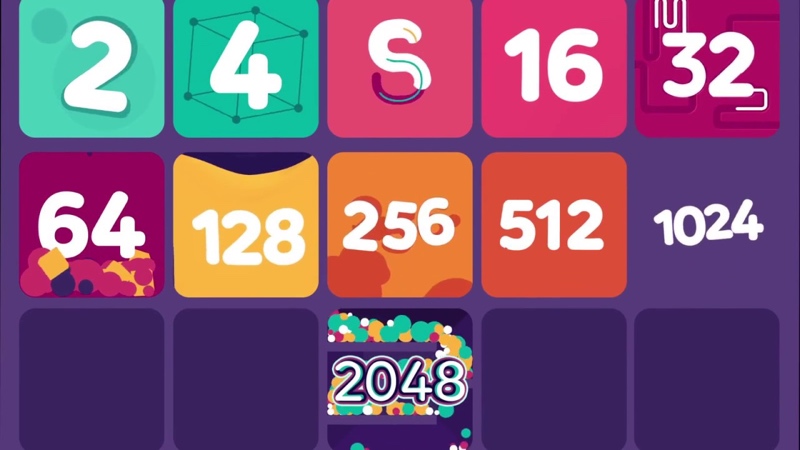
Can you imagine the picture of AI playing 2048?
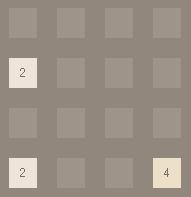
What a speed and what a clearance! To some people, this is the most satisfying picture ever.
- Application of DQN in 2048
Felipe Marcelino is a Brazilian. He is currently studying CS at the Federal University of Minas Gerais. He has released his open source project on GitHub, which aims to use reinforcement learning algorithm to play 2048.
The algorithm he uses is based on Stable Baselines, adopting OpenAI Gym to build a custom reinforcement learning environment in which there are two types of representation for the board: binary and no binary. Binary uses a power two matrix to represent each tile of the board. No binary uses a raw matrix board.
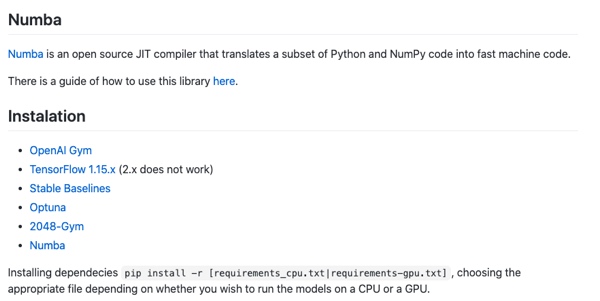
The model uses two different types of neural networks: CNN(Convolutional Neural Network), MLP(Multi-Layer Perceptron). AI achieved a 2048 tile for 100 times in the 1,000 played games.
-Talents Who Create AI to Play 2048
The Felipe Marcelino version stops when the number reaches 2048, but his idea plays a role in attracting more talents to participate in this game.

Players that combine temporal difference learning and expectimax search (also reinforcement learning method) can reach a 32768-tile at the rate of 10 moves per second.
The player with seven convolution layers achieved the maximum score 401,912.
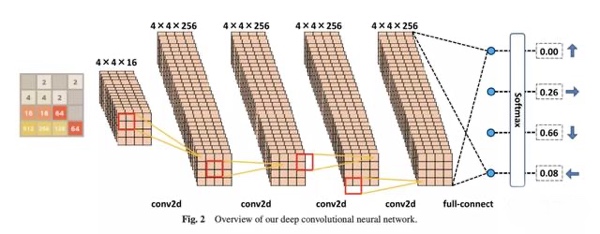
@Zzzzoder, a programme-maker, also built an AI to play 2048. He even embedded a girl role into the codes to make encouraging or snarky remarks on AI by saying “Good job” “Amazing” when it is playing good and “I’m not surprise” “Do you even try” when it fails to move on.
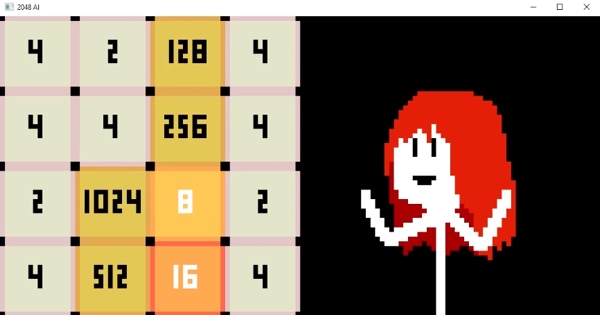
This is no longer a simple competition but a learning case of DNQ. Human beings and AI are progressing together.
References:
https://www.youtube.com/watch?v=QOd2V3WU5wI
https://github.com/FelipeMarcelino/2048-gym
https://www.jstage.jst.go.jp/article/ipsjjip/27/0/27_340/_pdf
